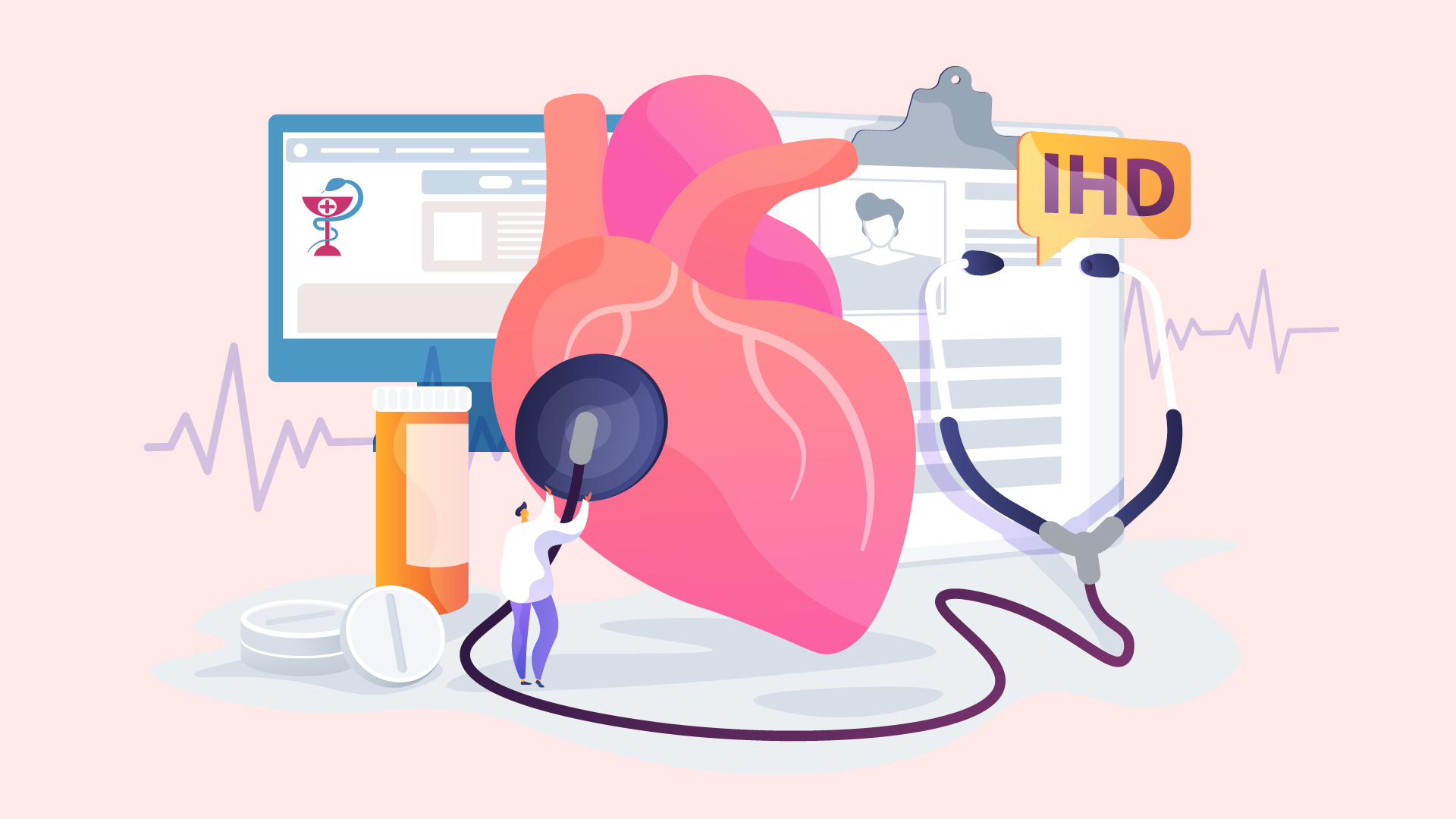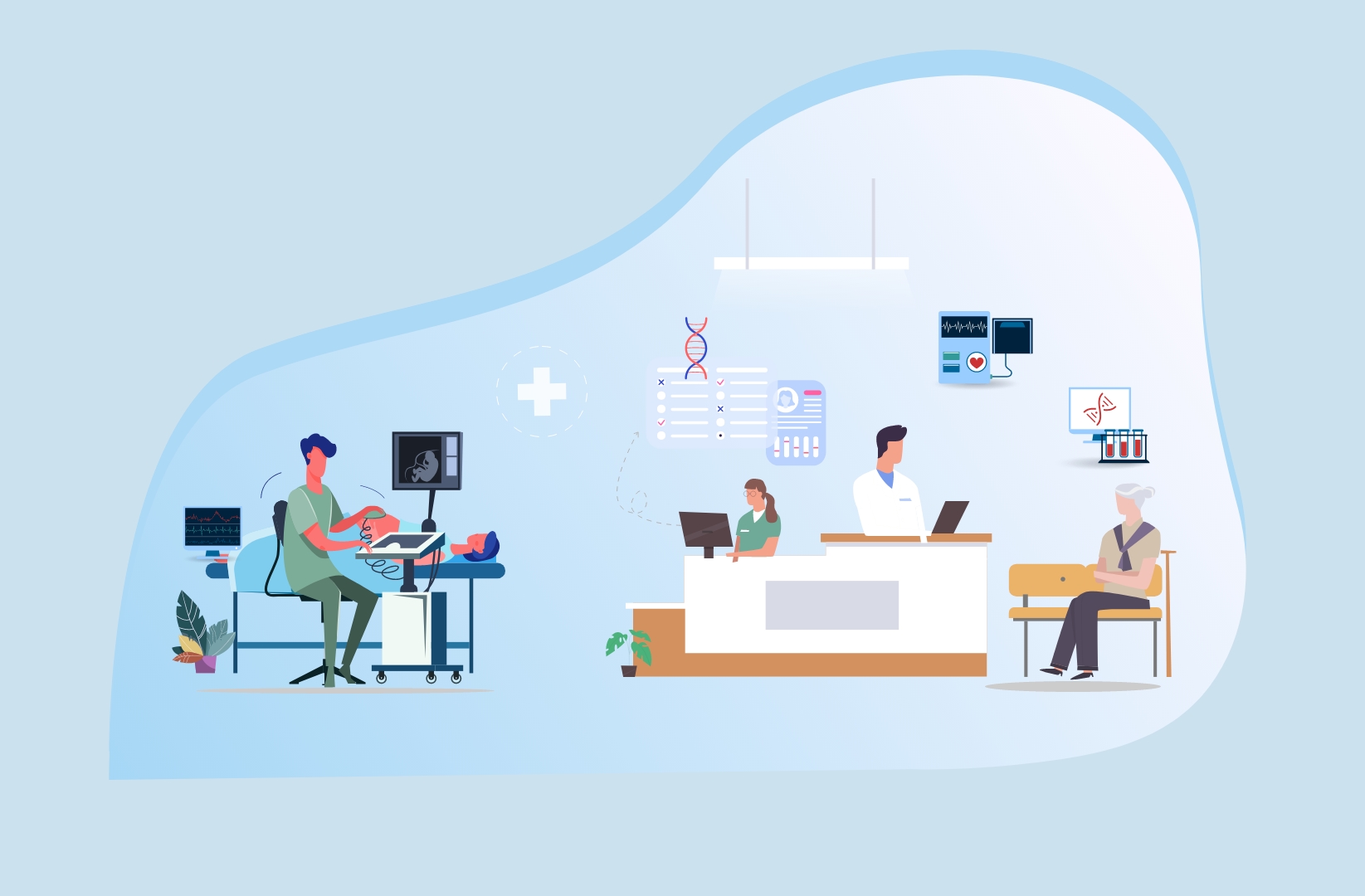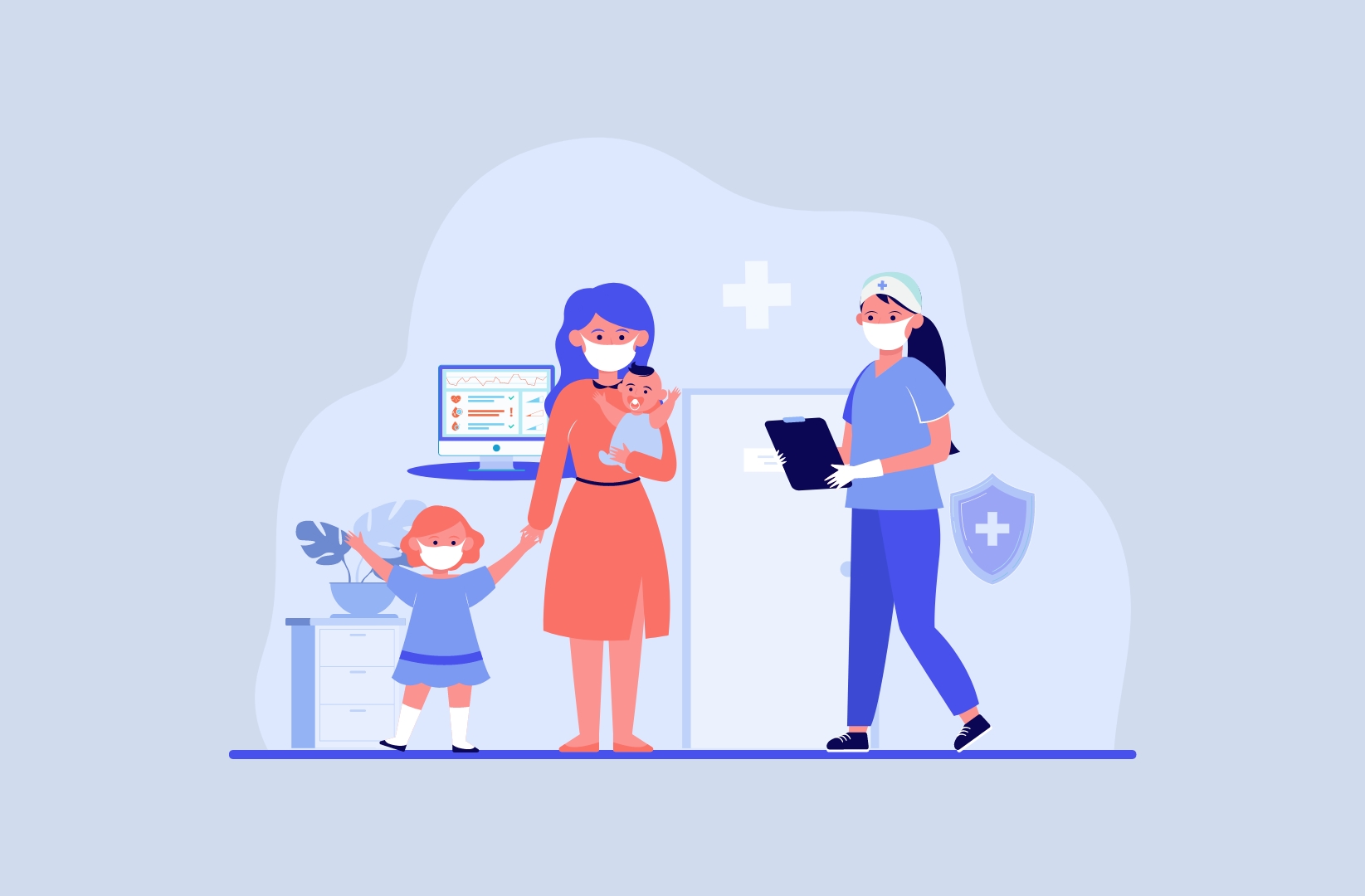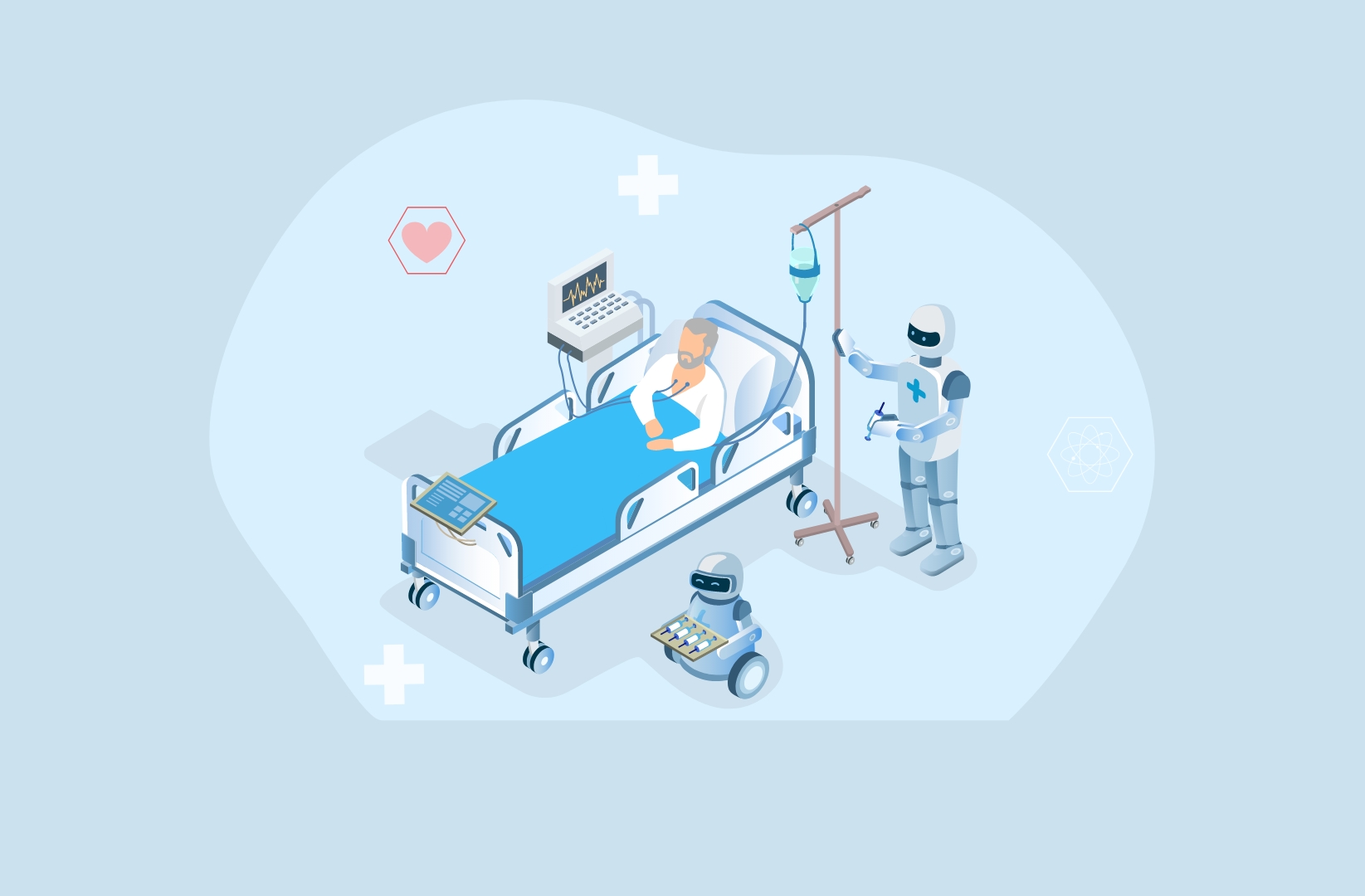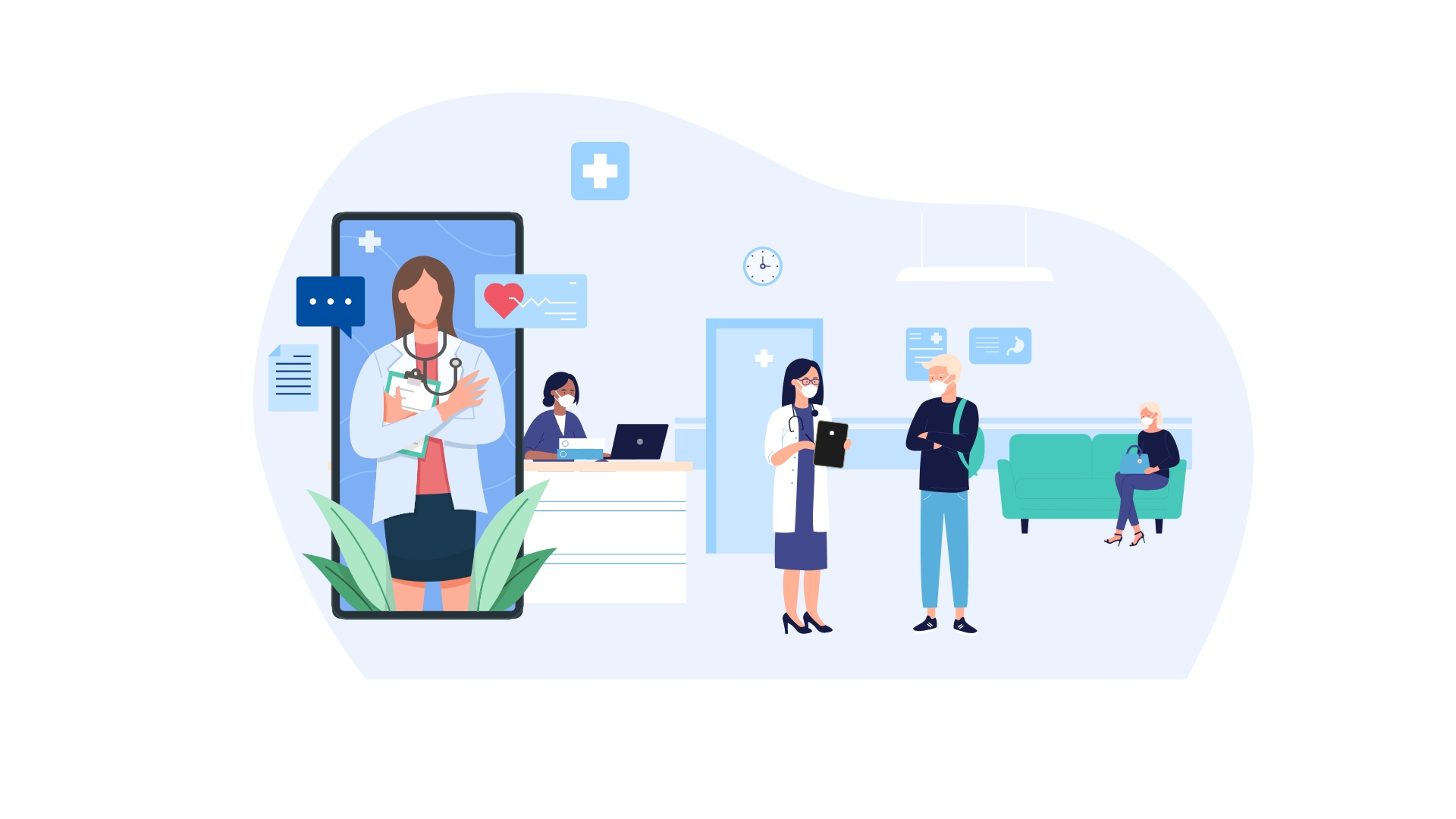Data interoperability in healthcare refers to the seamless and secure exchange of patient information among different healthcare systems, providers, and organizations. The lack of interoperability can lead to fragmented data silos, making it difficult for healthcare professionals to access comprehensive patient information. This can result in inefficiencies, medical errors, and ultimately hinder the delivery of quality care. In this article, we’ll delve into the significance of interoperability in healthcare and explore how it can streamline processes, improve patient care, and drive innovation in the industry.
According to research posted by the Office of the National Coordinator for Health Information Technology concerning non-federal acute care hospitals in the U.S.:
- Only 46% of hospitals had required patient information from outside providers or sources available electronically at the point of care.
- 55% of hospitals named their exchange partners’ EHR systems’ lack of ability to receive data as a barrier to interoperability.
- Only 38% of hospitals had the ability to use or integrate healthcare data from outside sources into their own EHRs without manual entry.
What is Interoperability in Healthcare?
Interoperability in healthcare refers to the ability of different healthcare information systems, devices, and software applications to seamlessly exchange and use patient data. This data can encompass a wide range of information, from electronic health records (EHRs) and diagnostic results to medication lists and treatment plans.
Interoperability ensures that healthcare providers, including hospitals, clinics, and physicians, can access and share patient data efficiently, securely, and in a format that is understandable by all systems involved. This capability allows for improved communication and coordination among healthcare providers, leading to better patient care.
The Importance of Interoperability in Healthcare
- Enhanced Patient Care
At the heart of healthcare operations lies patient care. Interoperability directly impacts the quality and efficiency of patient care by enabling healthcare providers to access comprehensive and up-to-date patient information. When a physician has access to a patient’s complete medical history, including previous diagnoses, allergies, and medications, they can make more informed decisions about treatment options, ultimately leading to better outcomes.
- Reduced Errors
One of the most significant benefits of interoperability is the reduction in medical errors. With seamless data sharing, healthcare providers can avoid duplication of tests and procedures, ensuring that patients receive the right care at the right time. Moreover, accurate and complete patient records reduce the risk of medication errors, allergic reactions, and other potential harm to patients.
- Improved Efficiency
Interoperability streamlines administrative processes in healthcare. Tasks that once required manual data entry and paperwork, such as referrals, authorizations, and billing, can now be automated through interoperable systems. This not only reduces administrative burden but also accelerates the overall healthcare process, allowing providers to focus more on patient care.
- Cost Savings
By eliminating redundant tests and procedures, reducing administrative overhead, and preventing errors, interoperability can lead to significant cost savings in healthcare. It helps lower healthcare costs for both providers and patients, making healthcare more accessible and affordable.
- Facilitating Research and Innovation
Interoperability is the backbone of healthcare research and innovation. When researchers and healthcare organizations can access a vast pool of anonymized patient data, they can identify trends, study disease patterns, and develop new treatments more effectively. This has the potential to drive groundbreaking discoveries and advancements in healthcare.
Challenges and Barriers to Interoperability
While the benefits of interoperability in healthcare are clear, achieving seamless data exchange is not without its challenges. Several barriers hinder its widespread adoption:
Technical Heterogeneity: Healthcare systems use a variety of different technologies and standards for data storage and transmission. Achieving interoperability often requires bridging the gap between these disparate systems.
Privacy and Security Concerns: The sensitive nature of patient data raises concerns about privacy and security. Healthcare organizations must implement robust security measures and comply with regulations like HIPAA (Health Insurance Portability and Accountability Act) to protect patient information.
Resistance to Change: Implementing interoperable systems requires a change in processes and workflows, which can face resistance from healthcare providers and organizations accustomed to traditional practices.
Funding and Investment: The initial investment required to implement interoperable systems can be significant. Smaller healthcare providers may struggle to allocate the necessary resources.
Regulatory and Legal Challenges: Compliance with various state and federal regulations can be complex and time-consuming. Healthcare organizations must navigate a complex regulatory landscape to ensure data sharing is done legally and ethically.
In a 2018 survey of U.S. health system executives and finance leaders, “52% said that data sharing is the technology that will have the biggest positive impact on the patient experience.”
Future Trends and Solutions
Despite the challenges, the push for interoperability in healthcare continues to gain momentum. Several trends and solutions are emerging to address these challenges and drive the adoption of interoperable systems:
Standardization: The development and adoption of standardized data formats and protocols, such as Fast Healthcare Interoperability Resources (FHIR), are simplifying data exchange between systems.
Data Exchange Networks: Health information exchanges (HIEs) and regional data exchange networks can facilitate data sharing among healthcare organizations within a defined geographic area.
Patient Empowerment: Patients are gaining more control over their health data through patient portals and mobile apps, allowing them to share their information with different healthcare providers.
Cloud-Based Solutions: Cloud computing offers scalable and cost-effective solutions for healthcare data storage and exchange, making interoperability more accessible to smaller providers.
HealthViewX: The Solution to Data Interoperability
The HealthViewX platform is emerging as a powerful solution to overcome the data interoperability challenge in healthcare operations. HealthViewX’s proprietary Interoperability Engine, HealthBridge, is designed to bridge the data interoperability gap and streamline healthcare operations. HealthBridge enables end-to-end care orchestration with bi-directional health information system integrations such as EMR/EHRs, HMS, PHMS, LIS, etc. HealthBridge has the ability to communicate the data between multiple health systems seamlessly and it supports API, HL7 v2, JSON, XML, FHIR (DSTU2 and R4), and custom integrations (DB, File-based) format. Here’s how it overcomes the challenges:
Aggregation of Data: HealthViewX can aggregate data from various sources, including EHRs, labs, and other healthcare systems, into a unified and standardized format.
Secure Data Exchange: The platform ensures robust security and compliance with regulations like HIPAA to protect patient data during exchange.
Standardization: HealthViewX employs standardized data formats, such as Fast Healthcare Interoperability Resources (FHIR), to facilitate seamless data exchange.
Compliance Management: The platform simplifies compliance management by automating the process of adhering to healthcare regulations, reducing the administrative burden.
Integration of Legacy Systems: HealthViewX is compatible with legacy systems and can bridge the technological gap, making it accessible to healthcare organizations with older infrastructure.
Benefits of HealthViewX in Healthcare Operations:
The HealthViewX platform brings about a range of benefits that transform healthcare operations,
Efficiency: By aggregating data and simplifying data exchange, HealthViewX reduces administrative overhead, streamlines workflows, and enhances overall operational efficiency.
Enhanced Patient Care: Healthcare providers can access comprehensive and up-to-date patient information, improving decision-making and ultimately delivering better patient care.
Reduced Errors: The platform reduces the risk of medical errors by ensuring accurate and complete patient records, ultimately enhancing patient safety.
Cost Savings: With efficient data sharing and reduced administrative costs, healthcare organizations can achieve significant cost savings.
Innovation: HealthViewX’s data exchange capabilities facilitate research and innovation by providing access to a wealth of anonymized patient data, enabling groundbreaking discoveries in healthcare.
Improved Patient Experience: Patients benefit from faster and more efficient healthcare services, with the ability to share their data easily with various healthcare providers.
Blockchain Technology: Blockchain is being explored as a secure and transparent way to store and exchange healthcare data, addressing privacy and security concerns.
Conclusion
Interoperability is not just a technical requirement in healthcare; it’s a critical component that can transform the way healthcare is delivered. The achievement of data interoperability is paramount to delivering high-quality care, reducing errors, and enhancing efficiency. While challenges remain, ongoing efforts to standardize data formats, address privacy concerns, and empower patients are driving the healthcare industry closer to a future where seamless data exchange is the norm.
HealthViewX emerges as a comprehensive solution to the data interoperability challenge, enabling healthcare organizations to overcome the hurdles and revolutionize healthcare operations. By aggregating data, ensuring secure data exchange, and simplifying compliance management, HealthViewX is not just a platform but a catalyst for positive change in healthcare. It empowers healthcare providers to deliver the best possible care and ensures that patients receive the attention and treatment they deserve, ultimately leading to a healthier and more connected healthcare ecosystem. As healthcare providers and organizations continue to embrace interoperability, patients will benefit from safer, more efficient, and more cost-effective healthcare services.

